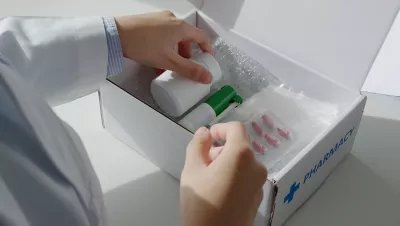
Henkel Adhesives Technologies launches Technomelt Supra PRO 301 Plus, a hot melt adhesive solution specifically for high-speed machines in the pharma industry. The adhesive enables a seamless production process with consistently high quality.

Henkel Adhesives Technologies launches Technomelt Supra PRO 301 Plus, a hot melt adhesive solution specifically for high-speed machines in the pharma industry. The adhesive enables a seamless production process with consistently high quality.

Africa’s beverage industry is expanding due to several factors, including increasing levels of urbanization, shifting demographics, and evolving consumer preferences. With an increasingly diverse beverage portfolio available to consumers, effective labeling and packaging solutions are becoming even more essential for market differentiation, regulatory compliance, and sustainability goals.
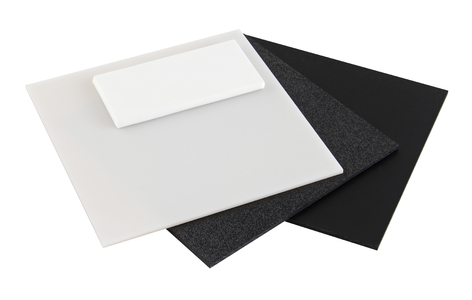
During the last week of April 2025, the global styrene market experienced a bearish trend due to excess supply, decreasing demand. And regional market challenges, all of which together caused prices to drop in major markets.

At ‘The Battery Show Europe’ (June 3-5, 2025, Messe Stuttgart, hall 10 – booth G10) Henkel will showcase its latest advances in adhesives, functional coatings, thermal management, and sealing solutions – key enablers of safer, more efficient, and more sustainable EV batteries. These core technologies, now enhanced with AI-powered simulation and debonding innovations, help OEMs and battery manufacturers reduce development cycles and costs, enhance performance and enable circularity across the battery lifecycle.
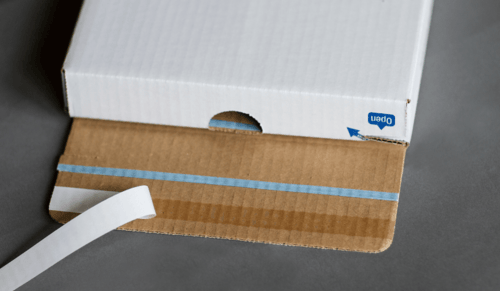
The COVID-19 pandemic fundamentally reshaped the way the world operates, and one of the most significant shifts was the exponential growth of the global e-commerce market. As physical stores shut their doors during lockdowns, online shopping surged to unprecedented heights, and this trend shows no signs of slowing down. By 2025, the global e-commerce market is projected to reach a staggering $4.32 trillion USD in revenue, and by 2029, that number will rise to $5.89 trillion USD, with 3.6 billion users expected worldwide.
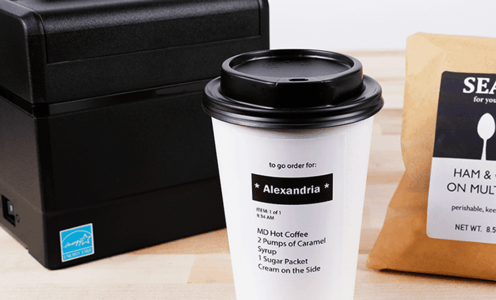
One of the exciting aspects of adhesive innovation is giving converters and manufacturers the opportunity to create need where it didn’t exist before. Twenty years ago, for example, who knew that we needed wall decals that we can reposition multiple times to enable us to transform the look of our living space? This is just one of many products making use of microsphere adhesive technology. And it doesn’t stop there. Another relatively new pressure sensitive market is linerless labels, a market estimated to grow at CAGR 5.48% between 2024 and 2032. A wide range of businesses are now choosing linerless labels as a conduit to improve their sustainability and competitive edge. It’s really exciting how businesses are exploring the potential of microsphere adhesive technology.

Almost everything you see and touch in a vehicle relies on adhesives or sealants. The dashboard components, headliner, and trim are held together with adhesives. Outside, adhesives secure the cladding, lift gate, and headlights. Even your vehicle’s brand decal stays on during all kinds of weather because of adhesives.

The medical plastic industry in Europe is continuously growing. According to Persistence Market Research, the Europe medical plastic market is projected to reach US$10.9 billion by 2025, with a remarkable compound annual growth rate (CAGR) of 8%. This surge in growth is expected to propel the market value to US$17 billion by 2032.
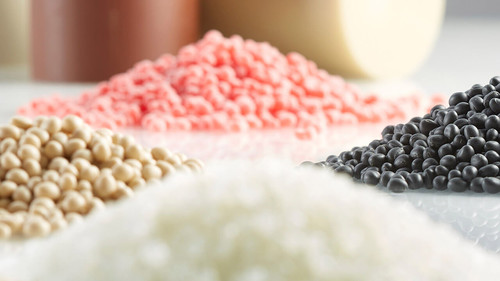
The global hot-melt adhesives industry is driven by several evolving trends, such as: Low odor Low VOC Solutions for hard-to-bond substrates, etc. In addition, governments and regulatory bodies are placing limits on trace chemicals produced during the processing of raw materials used in HMA formulations. The highlights include: 1. Eastman’s low odor hydrocarbon resins 2. Evonik’s APAO for foamed hot-melt applications 3. Dow’s polar and non-polar ethylene copolymers

Japan's plastics industry is focusing on environmental initiatives to drive business development. While efforts are being made to promote energy-saving measures in production processes, recycling, and the development of bioplastics, global demand is soaring to unprecedented levels. Manufacturers are finding it increasingly difficult to cope with the current situation, placing their survival at risk.

We are pleased to formally invite you to visit our booth (17Q47) during ChinaPlas 2025 at the Shenzhen World Exhibition & Convention Center. The event will take place from April 15-18, 2025, and we would welcome the opportunity to discuss potential collaborations and explore synergies between our organizations. About DZBH: As China's leading SBC solutions provider with 26 years of industry experience, we offer: Comprehensive SEBS/SBS/SIS/SEPS/SSBR material supply End-to-end technical support and customized solutions Deep value chain integration across polymer industries Our booth will showcase innovative applications and sustainable material technologies specifically developed for your target market. This will be an excellent platform to: Exchange market insights Address technical challenges Explore business opportunities tailored to your needs Kindly confirm your availability so we can reserve a dedicated meeting time slot. we are looking forward to meeting you at ChinaPlas 2025.
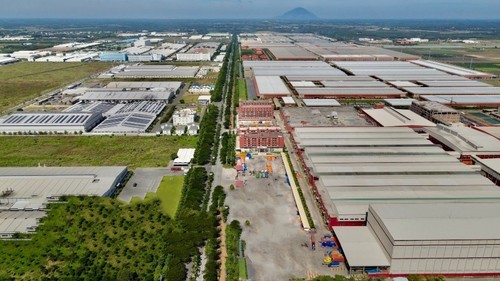
Vietnam has retained its attractiveness as a manufacturing hub for a growing number of foreign investors. Undoubtedly, Vietnam’s plastics market has been on the upswing due to rising demand from end-user industries. Estimated at 10.9 million tons in 2024, Vietnam’s plastic market is projected to grow by a CAGR of 8.4% from 2024-2029, reaching 16.4 million tons by 2029, according to a report by Mordor Intelligence. The report attributes this growth to the resumption of activities in end-user industries to pre-pandemic levels, with construction activities in industrial estates driving demand for plastics, alongside with stable demand from the F&B packaging, electronics/electrical, automotive, and medical and healthcare sectors.